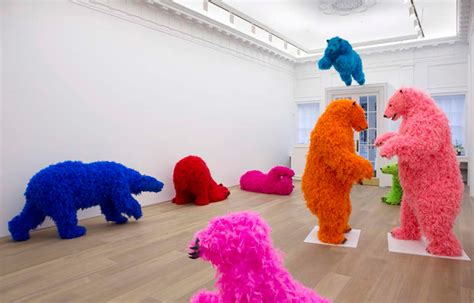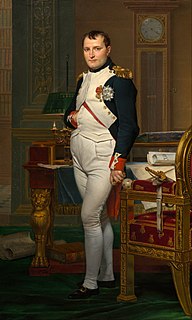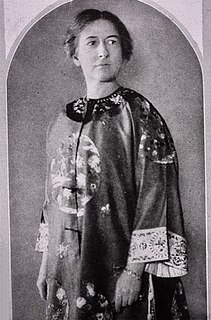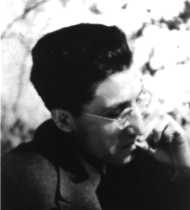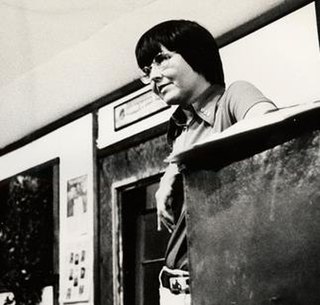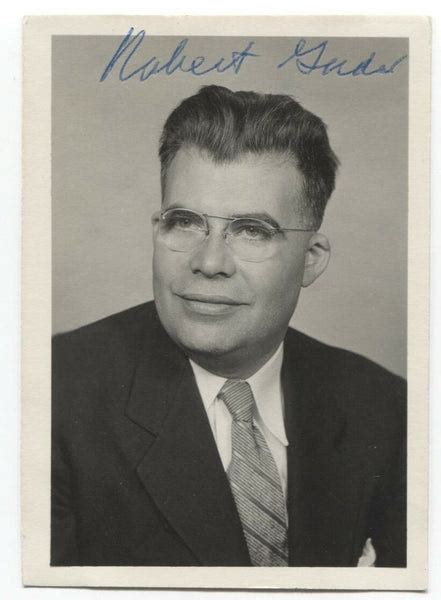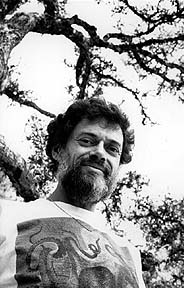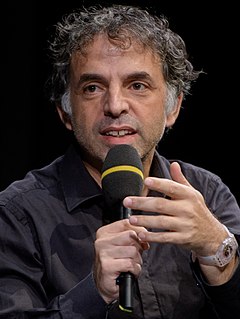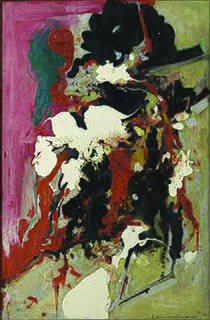A Quote by Philip Larkin
I think that at the bottom of all art lies the impulse to preserve.
Related Quotes
I see lies everywhere - switch on the television, it's lies. Everything is lies. In the art world or science community, we are intellectuals, people who research, who are interested in learning and thinking. I think the level of lies is way lower than when you step into what I call "the outside world".
My activism is a result of my love. So whether it's trying to preserve the wilderness in Southern Utah or writing about an erotics of place, it is that same impulse - to try to make sense of the world, to try to preserve something that is beautiful, to ask the tough questions, the push the boundaries of what is acceptable.
I believe Picasso's success is just one small part of the broader modern phenomenon of artists themselves rejecting serious art- perhaps partly because serious art takes so much time and energy and talent to produce-in favor of what I call `impulse art': art work that is quick and easy, at least by comparison.


